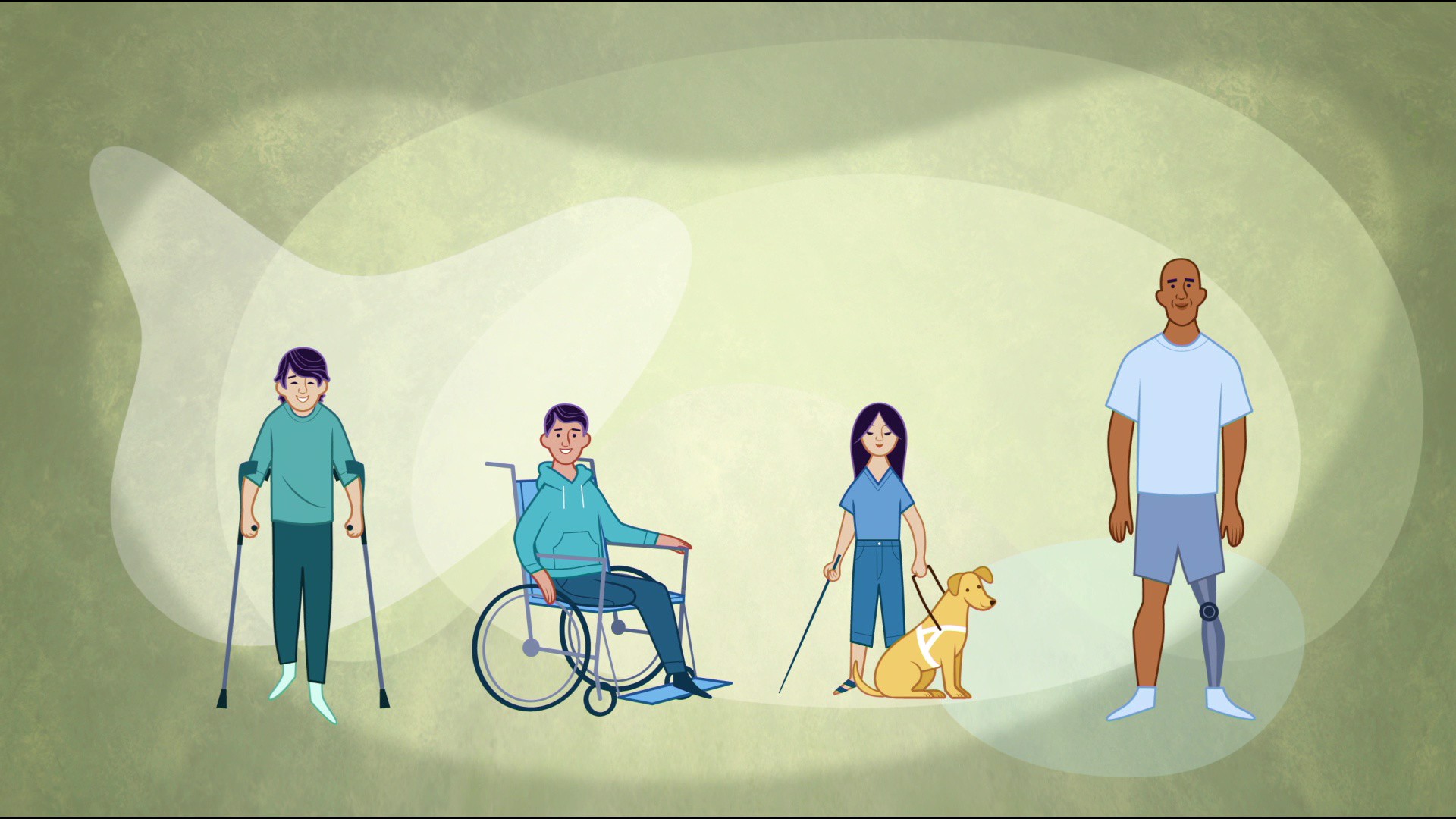
Transcript
Hi there! In this video, we will be talking about what person-first language is
and why it is important to use. When working with individuals with disabilities, it is important to use appropriate language and avoid using offensive terms.
Always put the person first, not the disability. For example,
you can say the children with Down syndrome,
the boy with autism, the girl with a visual impairment, or
a person with a disability.
You should avoid using language such as the Down syndrome kids,
the autistic boy, the visually impaired girl, or a blind girl, or a disabled person.
Terms that are extremely offensive and should never be used include retarded, handicapped,
disabled, or hearing impaired.
Instead, you can use terms such as disability, special needs,
blind, deaf, or hard of hearing.
If you are unsure if something you are going to say or write is using person-first language,
just think, “Am I putting the person first or the disability?” If you are putting the person first,
then you are right on track.
Using correct and respectful language when referring to individuals with disabilities can help everyone feel like they can belong, contribute, and progress as a son or daughter of God.